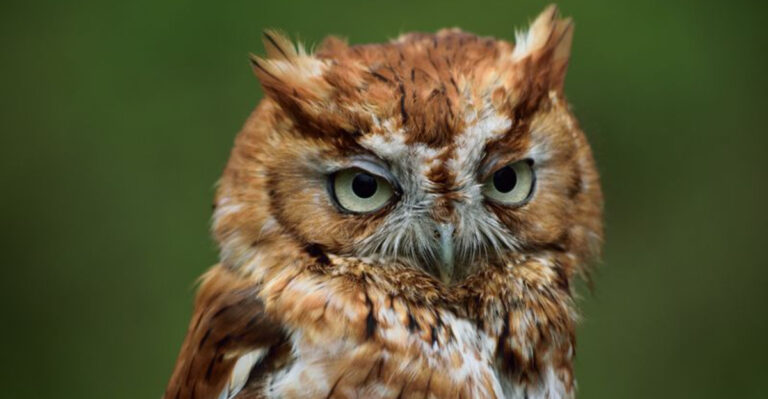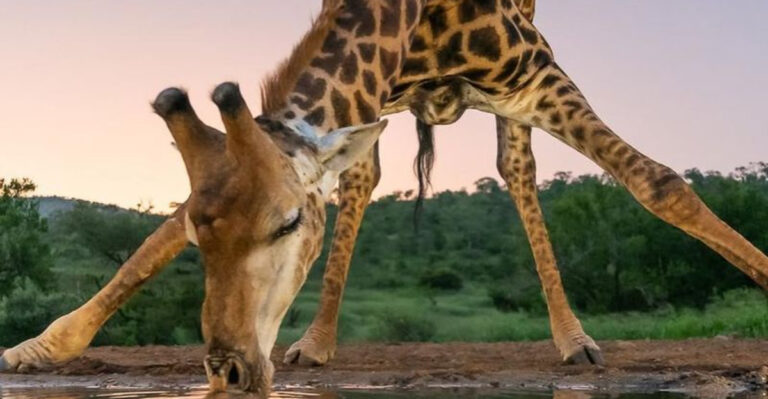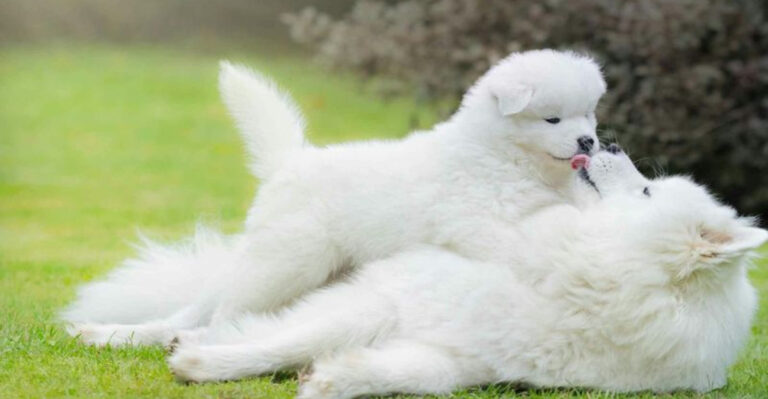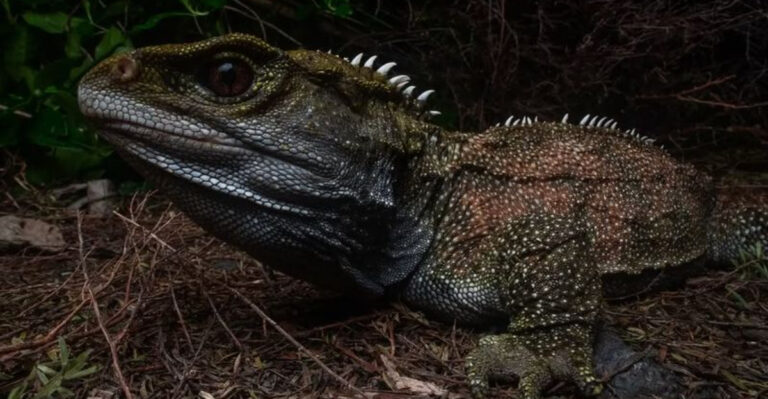Fascinating Reasons Why Cheetahs Are Not Meant For Domestication
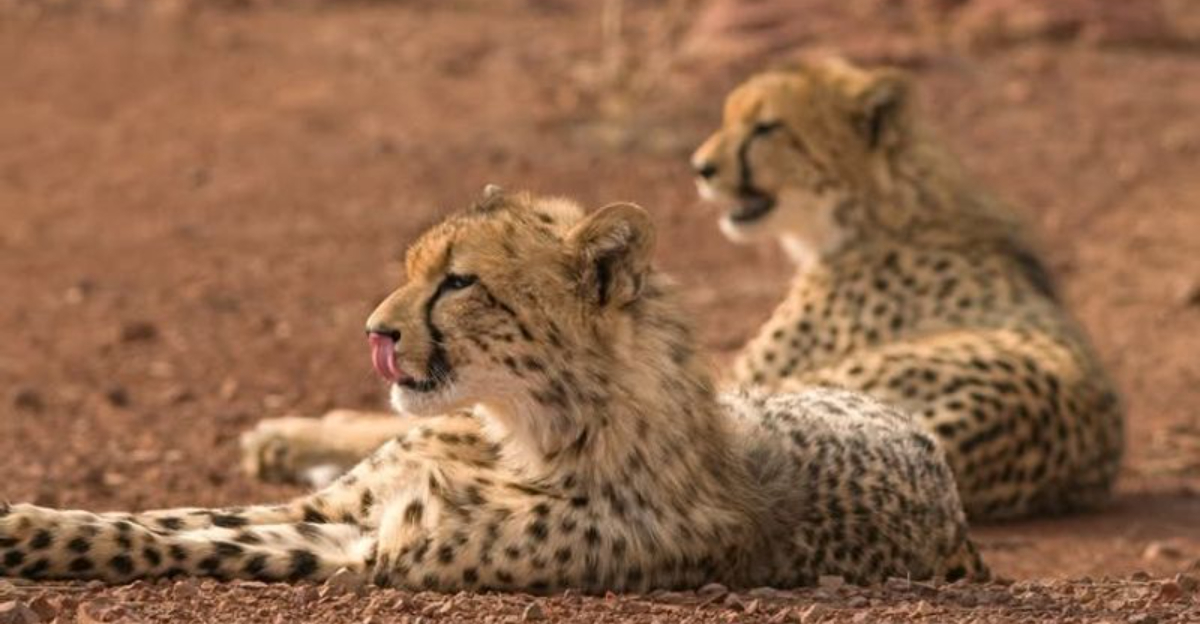
Cheetahs, renowned for their incredible speed and agility, are fascinating creatures that thrive in the wild. Despite their majestic appearance and intriguing behavior, they are not meant for domestication.
These unique wild cats possess specific traits and needs that make them unsuitable for domestic life. Let’s explore the following reasons why cheetahs are best admired in their natural habitat and not kept as pets.
1. Speed And Agility
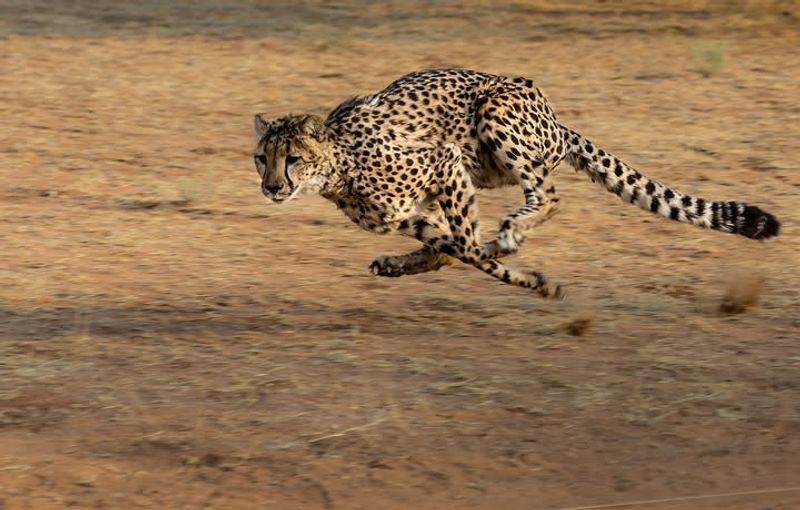
Cheetahs are unparalleled in speed, reaching up to 60-70 mph in short bursts. Their slender, lightweight bodies, long legs, and powerful tails enable them to accelerate rapidly and maintain balance during high-speed chases. This incredible agility allows them to hunt effectively in the wild.
Domestication would restrict their ability to exhibit these natural behaviors, leading to stress and health issues. These wild cats need expansive spaces to run freely, making them unsuitable for confined environments like homes or small enclosures.
2. Unique Social Structure
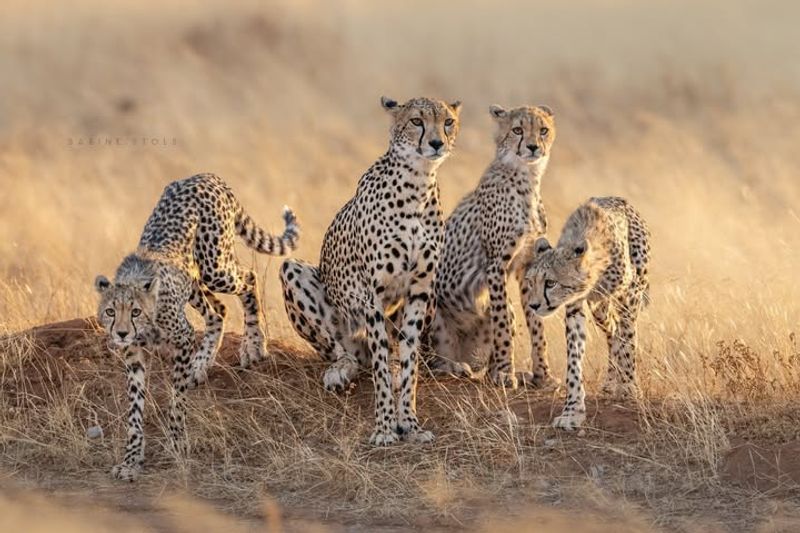
Unlike many other big cats, cheetahs have a unique social structure. Male cheetahs often form groups known as coalitions, typically comprising brothers or males from the same litter. This social bonding is crucial for their survival in the wild, aiding in hunting and territory defense.
Female cheetahs, however, are more solitary, focusing on caring for their cubs. Domestication would disrupt these natural social behaviors, causing stress and anxiety. Understanding their social needs highlights why they thrive in the wild, where they can interact naturally with their environment and peers.
3. Specialized Diet
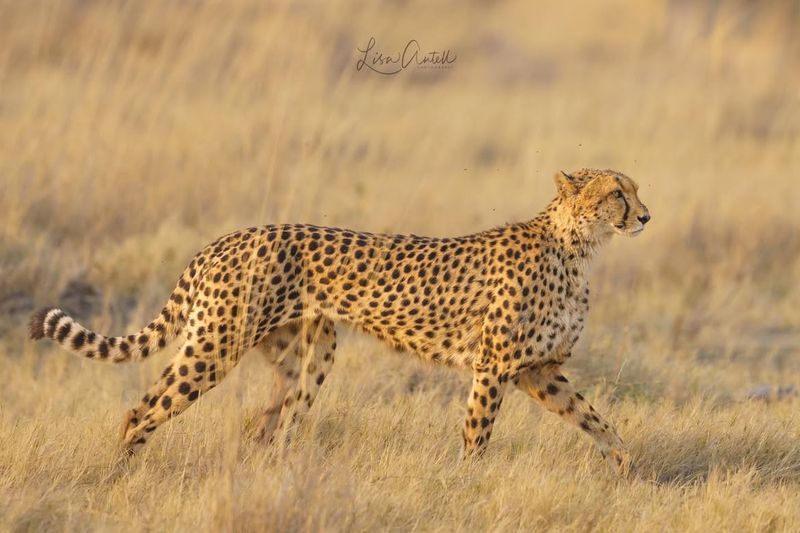
Cheetahs are obligate carnivores, relying on a diet primarily composed of fresh meat. In the wild, they hunt small to medium-sized ungulates like gazelles, which requires skill and energy.
Meeting their dietary needs in captivity is challenging, as it requires not only the right type of food but also the opportunity to hunt and exercise their natural instincts.
Failing to provide an appropriate diet can lead to malnutrition and health problems. Their dietary requirements are another reason why they are best left in their natural habitat, where they can thrive.
4. Natural Habitat Requirements
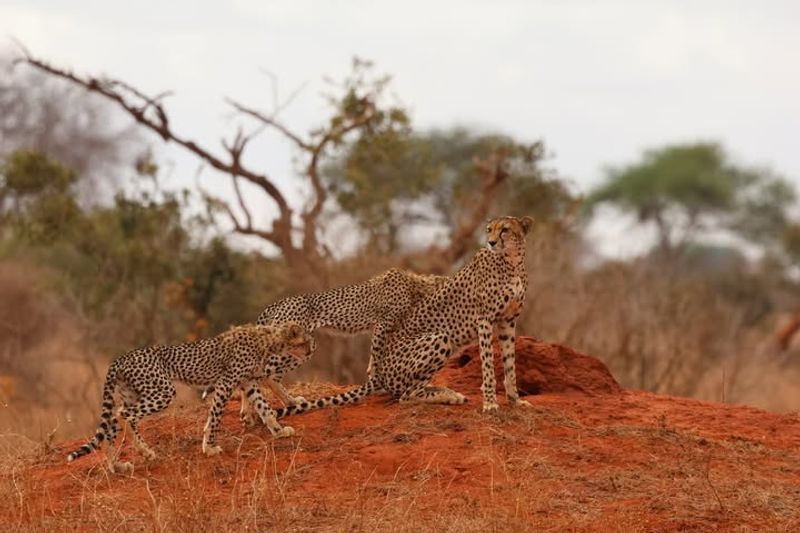
Cheetahs are adapted to live in specific environments such as savannas, grasslands, and open plains. These landscapes provide the necessary space for running and hunting, as well as the cover needed to stalk prey.
Domestication would deprive them of these essential environmental conditions, hindering their ability to perform natural behaviors.
Attempts to replicate such habitats in captivity often fall short, leading to stress and a lack of fulfillment. Observing cheetahs in their natural habitat underscores the importance of preserving these wild spaces for their survival.
5. Limited Genetic Diversity
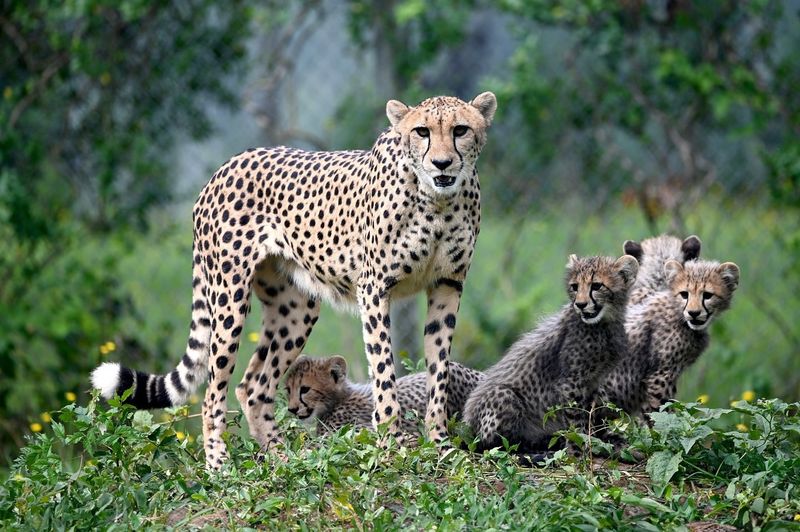
Cheetahs suffer from limited genetic diversity, making them more vulnerable to diseases and genetic defects. This genetic bottleneck means that they are less adaptable to changes in their environment, which poses significant risks to their survival.
Domestication could exacerbate these issues by further limiting the gene pool. Conservation efforts in the wild are crucial to maintaining what little genetic diversity exists.
Understanding this challenge is essential in recognizing that cheetahs are best supported through conservation initiatives rather than domestic environments.
6. Vulnerability To Stress
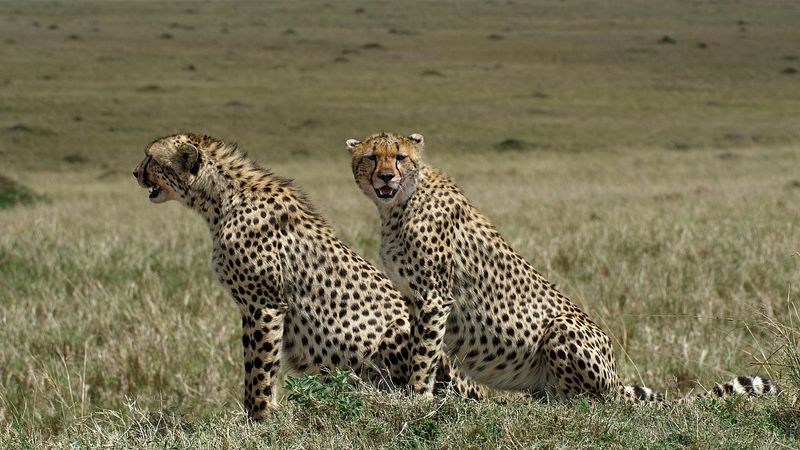
Cheetahs are highly sensitive to environmental changes and can become easily stressed in captivity. Stress in cheetahs can manifest as pacing, loss of appetite, and aggressive behavior, all of which are harmful to their health.
The lack of freedom and inability to express natural behaviors in domestic settings can exacerbate these stress responses.
Providing an environment that minimizes stress is challenging outside their natural habitat, where they can roam freely and interact with their surroundings. Recognizing their sensitivity to stress highlights why they belong in the wild.
7. Breeding Challenges
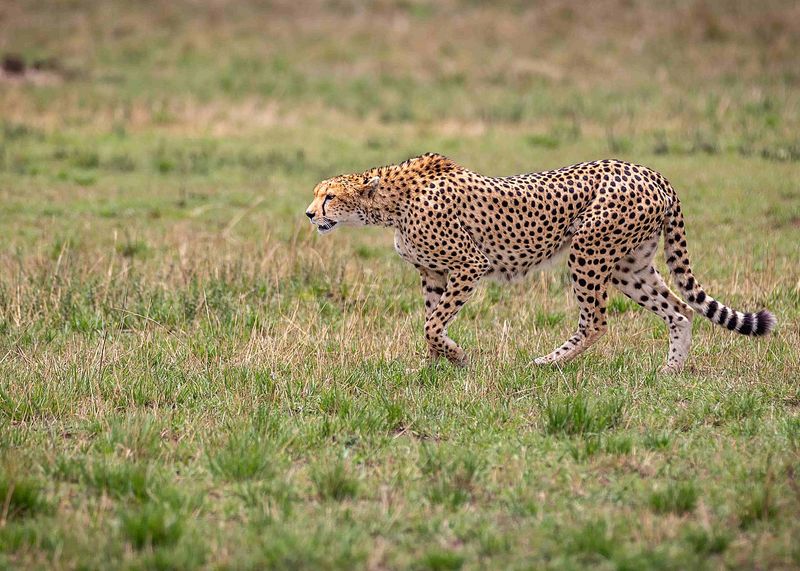
Breeding cheetahs in captivity presents significant challenges. Female cheetahs are known for being selective with their mates, and successful breeding often requires specific environmental conditions and social structures.
In the wild, their reproductive success is supported by these natural conditions, which are difficult to replicate in domestic environments. The stress of captivity can further hinder breeding efforts, leading to decreased reproductive rates.
Focusing on breeding programs in the wild is essential for the long-term survival of the species, rather than attempting to domesticate them.
8. Conservation Importance
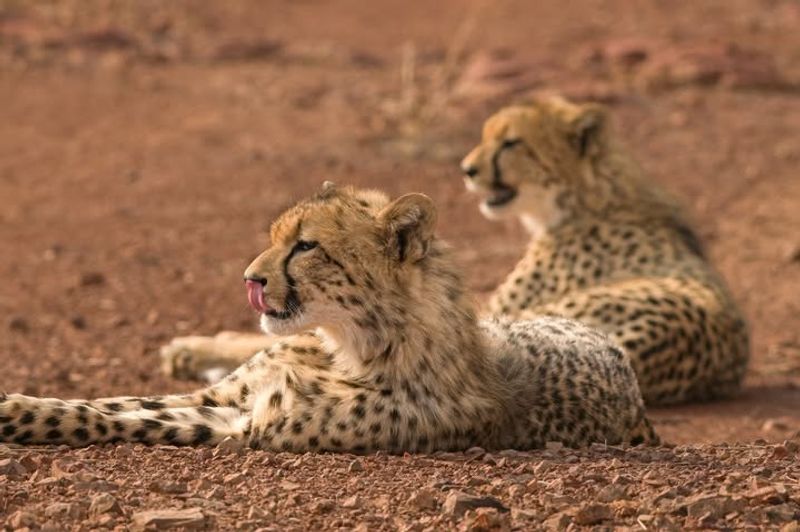
Cheetahs play a vital role in their ecosystems as apex predators, helping maintain the balance of species populations. Conservation efforts focus on protecting these natural roles and ensuring that cheetahs can continue to thrive in the wild.
Domestication would undermine these conservation efforts, diverting attention and resources away from preserving their natural habitats. Engaging with cheetahs through eco-tourism and conservation projects promotes their well-being and supports biodiversity.
By appreciating their ecological importance, we can emphasize the need to protect them in the wild rather than attempting domestication.


